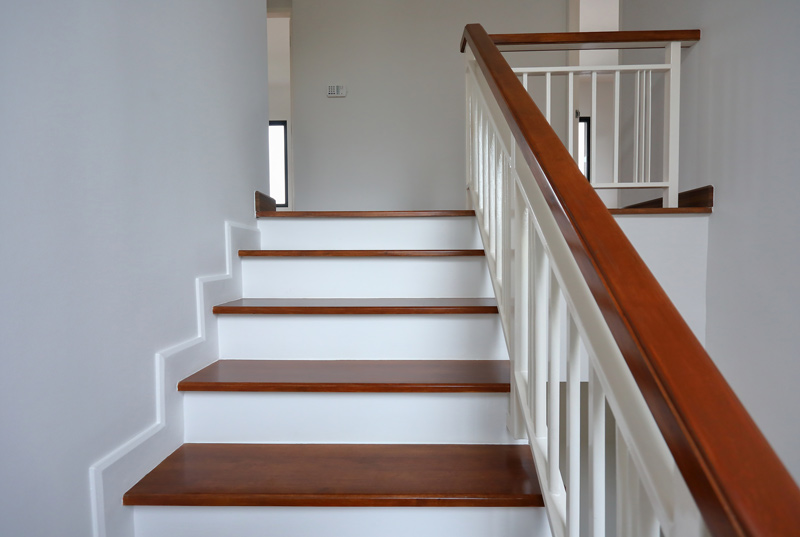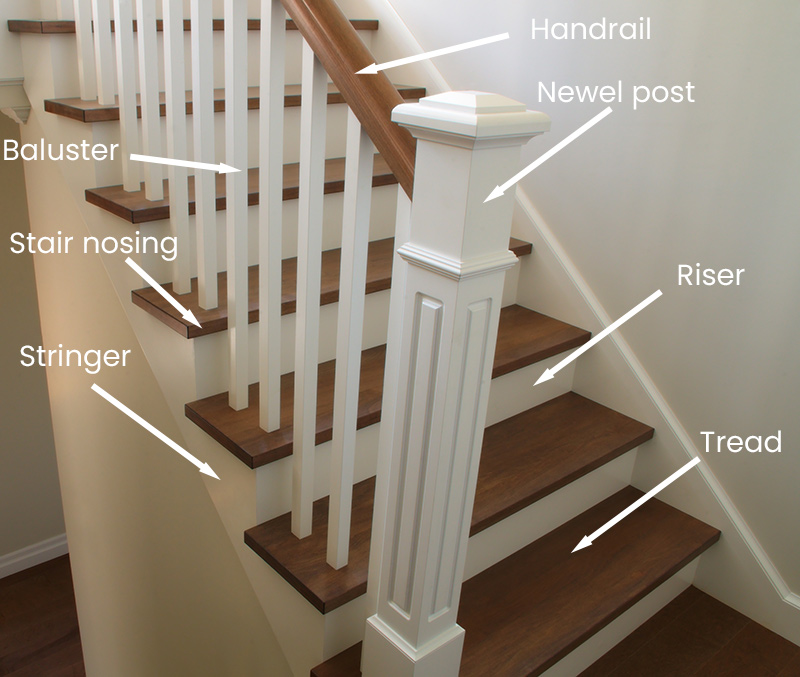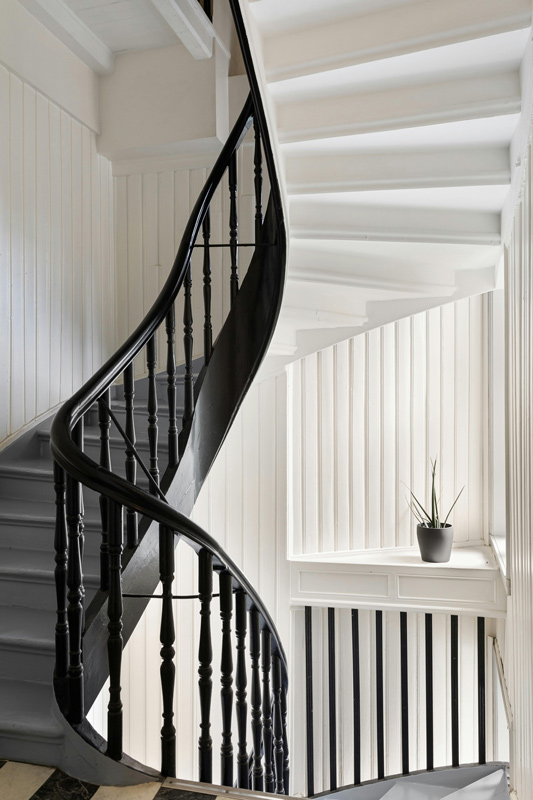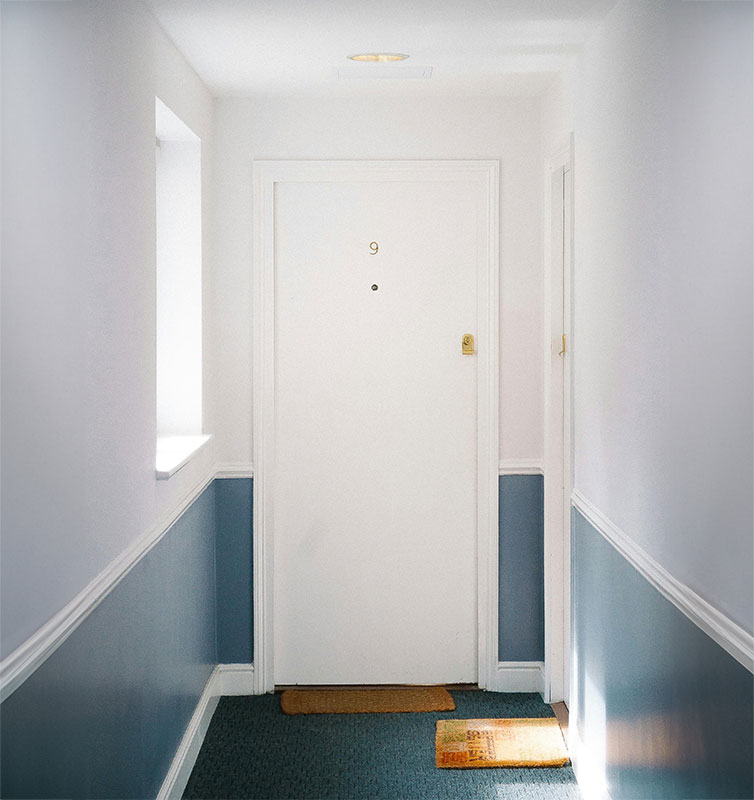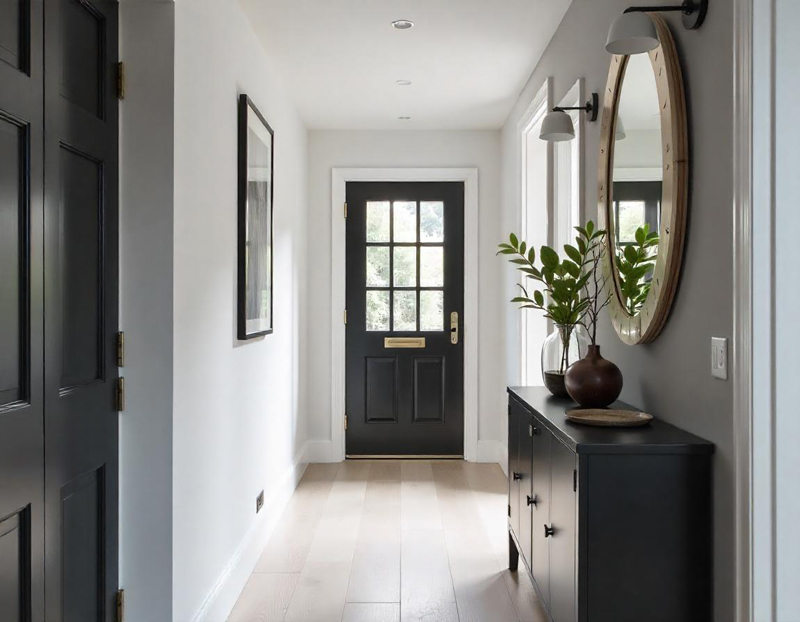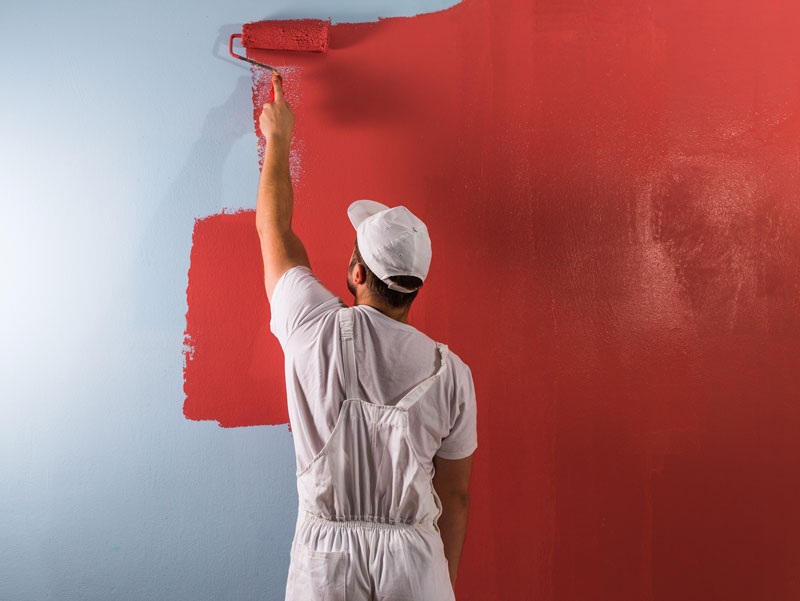Painting a staircase can transform your home’s look, making it feel fresh and inviting. With proper preparations and techniques, you can achieve near-professional results. Here is a comprehensive guide to help you through the process of how to paint a staircase.
Preparation
Clear off and Clean up the Area
Get started by pulling up any carpet or coverings on your steps. Ensure that there are no dirt, debris, or nails on it. Use a vacuum to remove dust particles and other impurities.
Repair and Sanding
Check for any damages on your staircases. Fill in cracks with wood filler then smoothen it out with sandpaper. 80-grit sandpaper should be used on unpainted wooden surfaces while 120-grit should be on previously painted surfaces. Be sure to go all over including corners and edges when sanding.
Choosing the Right Paint
Select a floor paint that is strong enough to resist a large number of people walking on it. In addition, think about using paint with a non-slip finish for safety reasons. They are more durable and keener than the normal ones; thus it is advisable to use floor paints both on treads and risers.
Painting Process
Mask and Tape
If painting your stairs in different colors, for instance, tape off areas such as sides or risers that you don’t want to be painted with painter’s tape. Ensure the tape is well pressed down so that the paint does not flow under it.
Paint the Risers
The vertical parts of the steps (risers) should be painted first. For edges, use brushes while larger surfaces require small rollers. Preventing drips necessitates the application of light even coatings which should completely dry before another layer can be added.
Paint the Treads
After the risers have dried, start painting the horizontal areas (treads). When painting stairs, it would be better if you paint them alternately; this means out of every pair there will only be one usable staircase. The other regions like edges and corners need brushes whereas the main areas use rollers. Never put on less than two layers for durability.
Allow the paint to dry thoroughly between coats. Follow the manufacturer’s instructions for drying times. This step is crucial to ensure a smooth, durable finish.
Finishing Touches
Remove Tape and Clean Up
Take off the painter's tape gently when the last coat is completely dry. Touch up areas where paint may have seeped. Do wash your brushes and rollers right away.
Apply a Topcoat (Optional)
If you want to add more protection, consider using a clear topcoat or varnish. This step is optional but recommended for high-traffic areas to extend the life of your paint job
By following these steps, you can have an awesome staircase that will brighten up your whole house. Remember to take your time with each step to ensure the best results.
FOR PAINTING AND DECORATING IN LONDON PLEASE CALL OUR FRIENDLY TEAM ON 020 8949 2553

